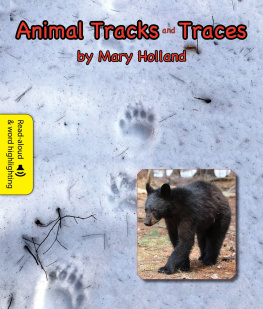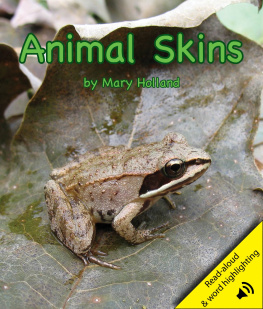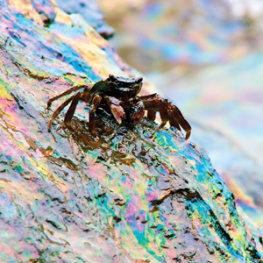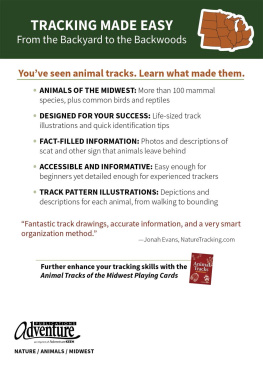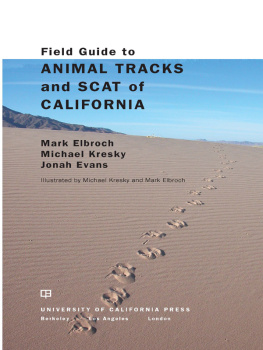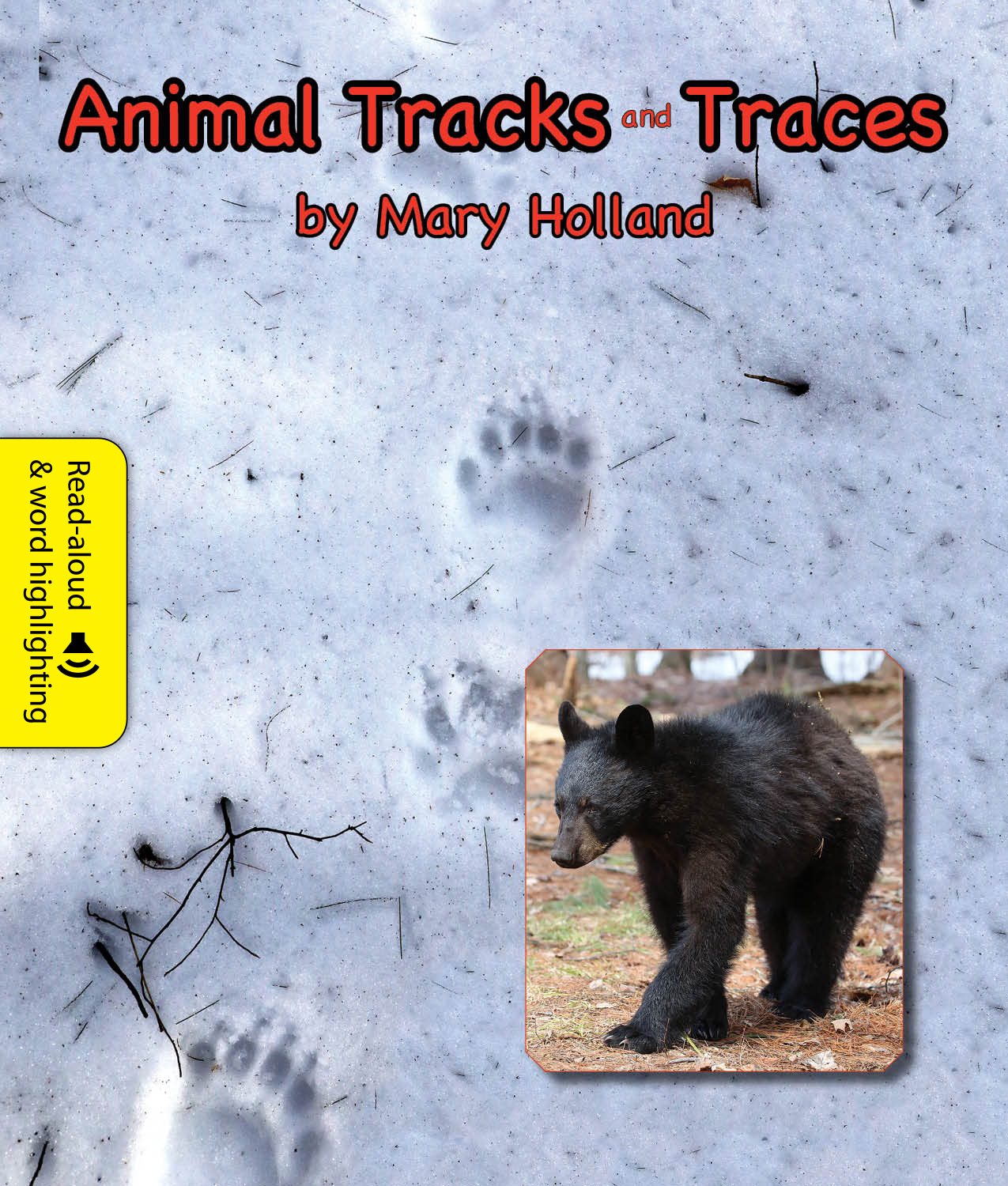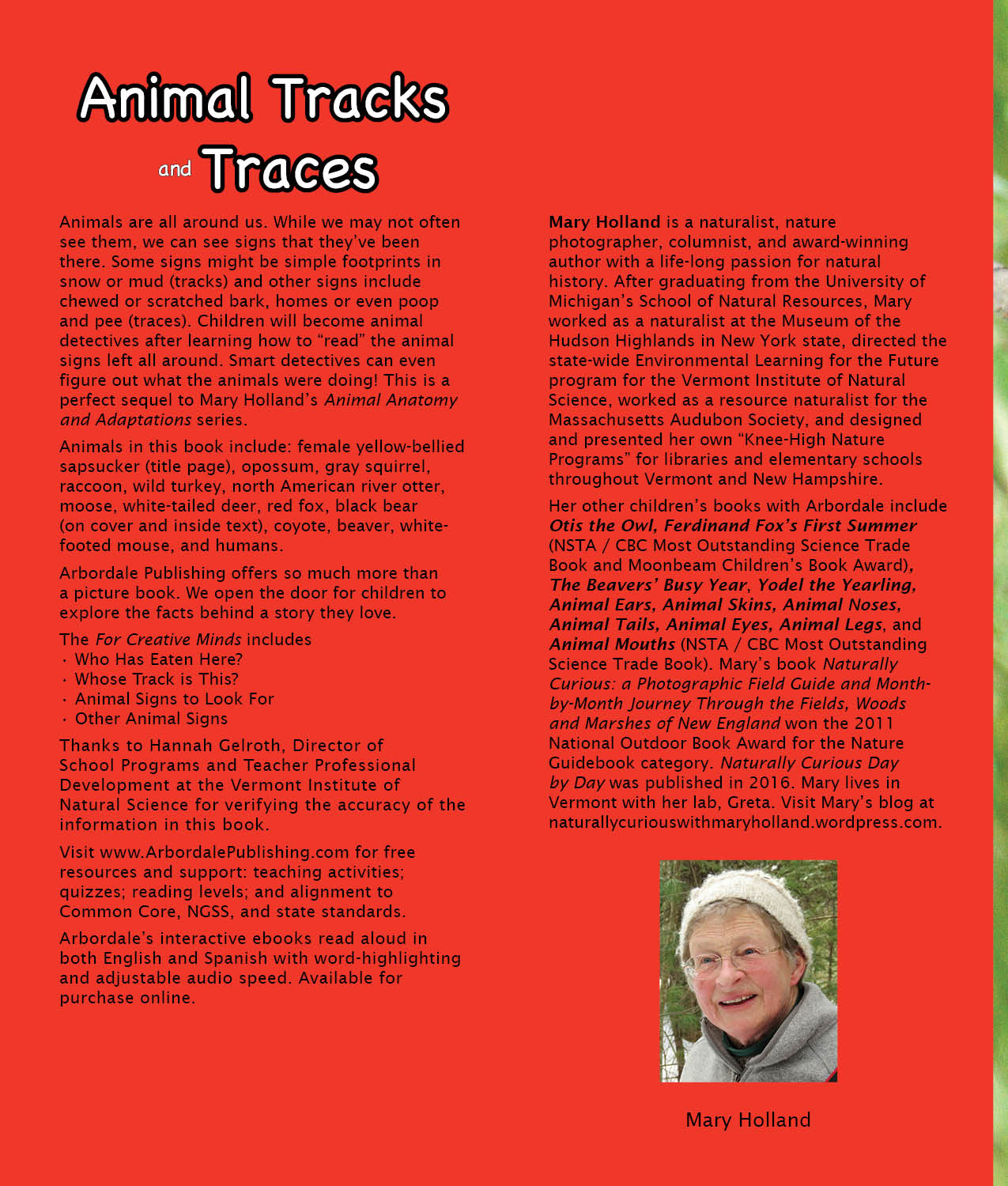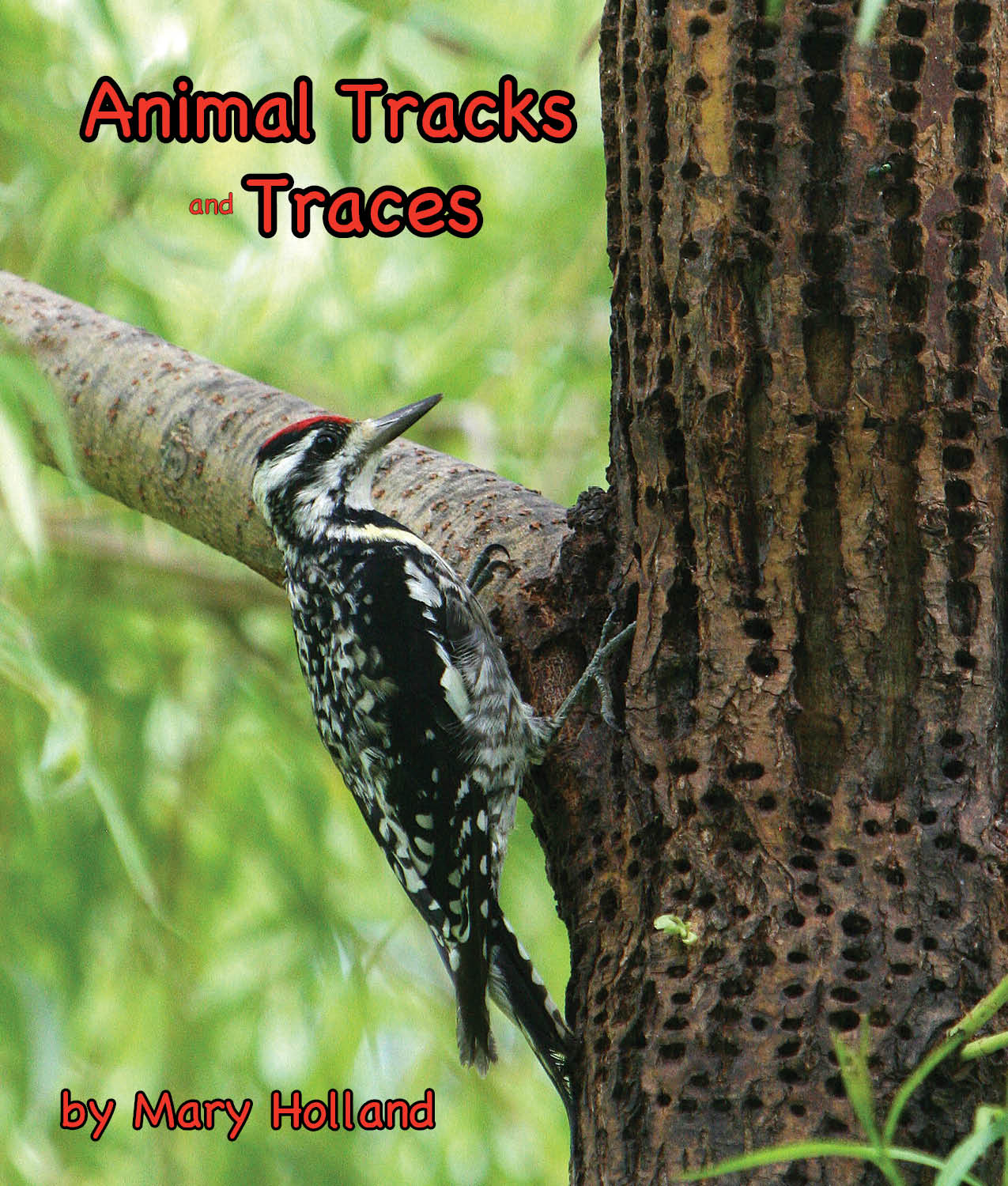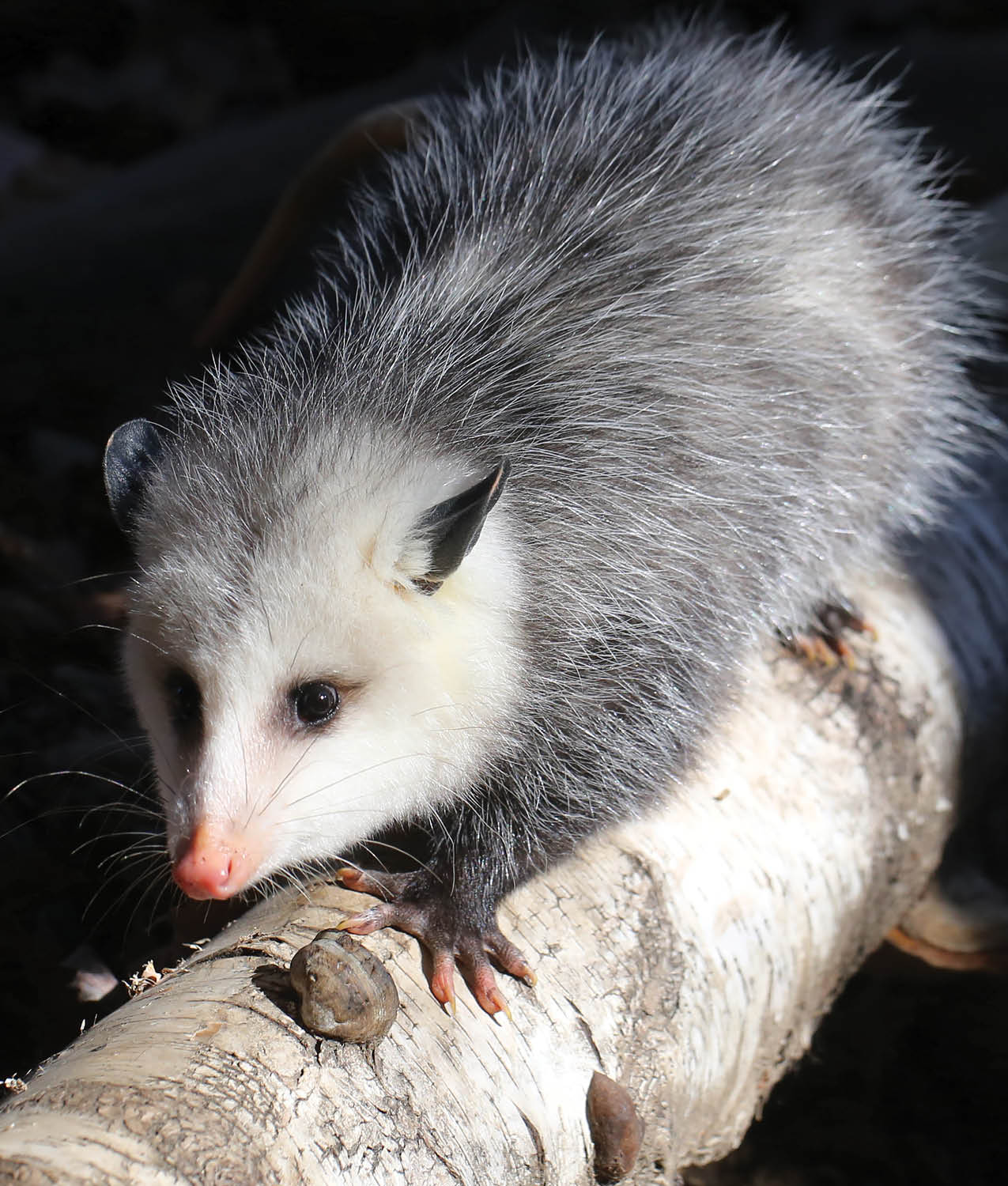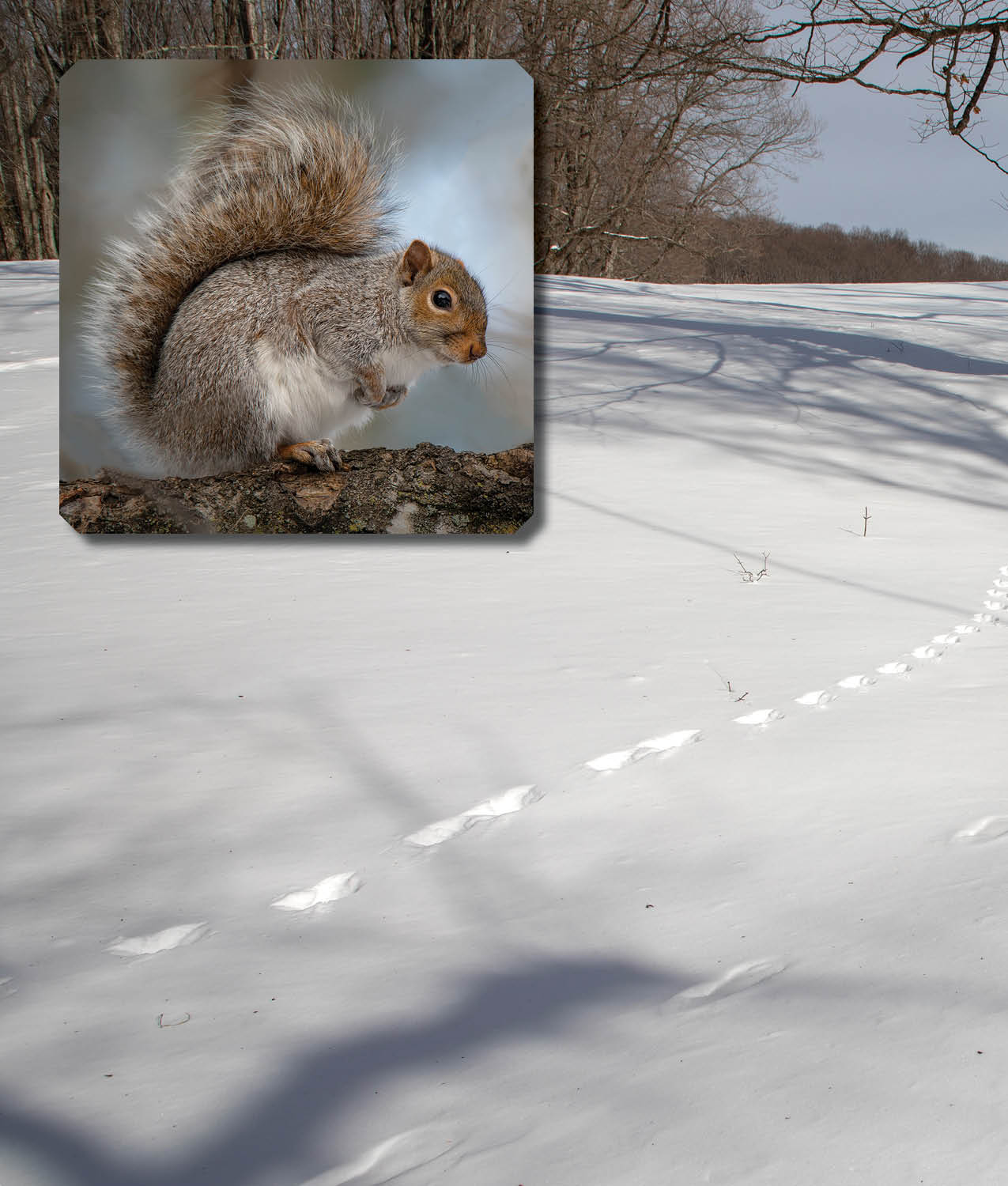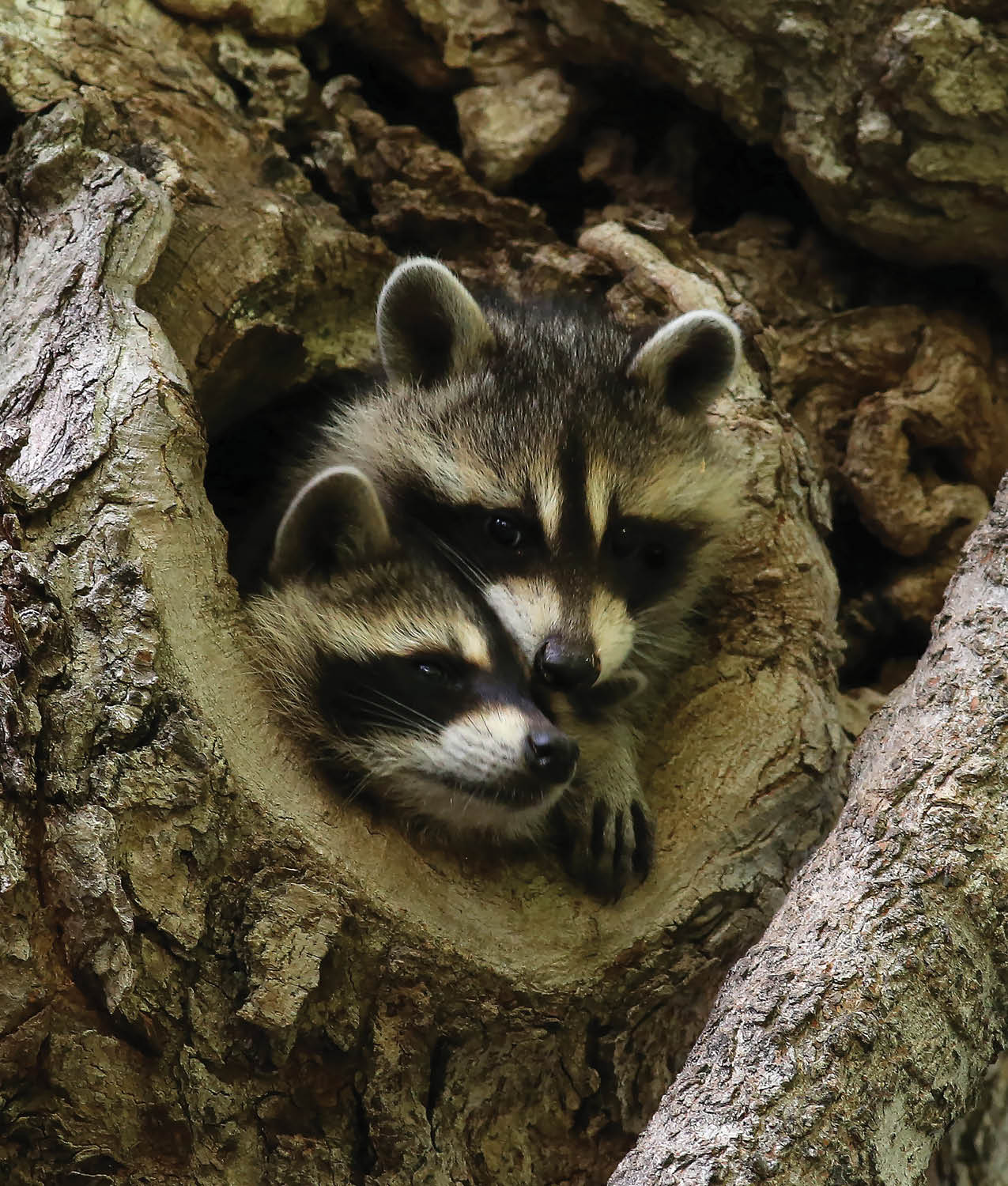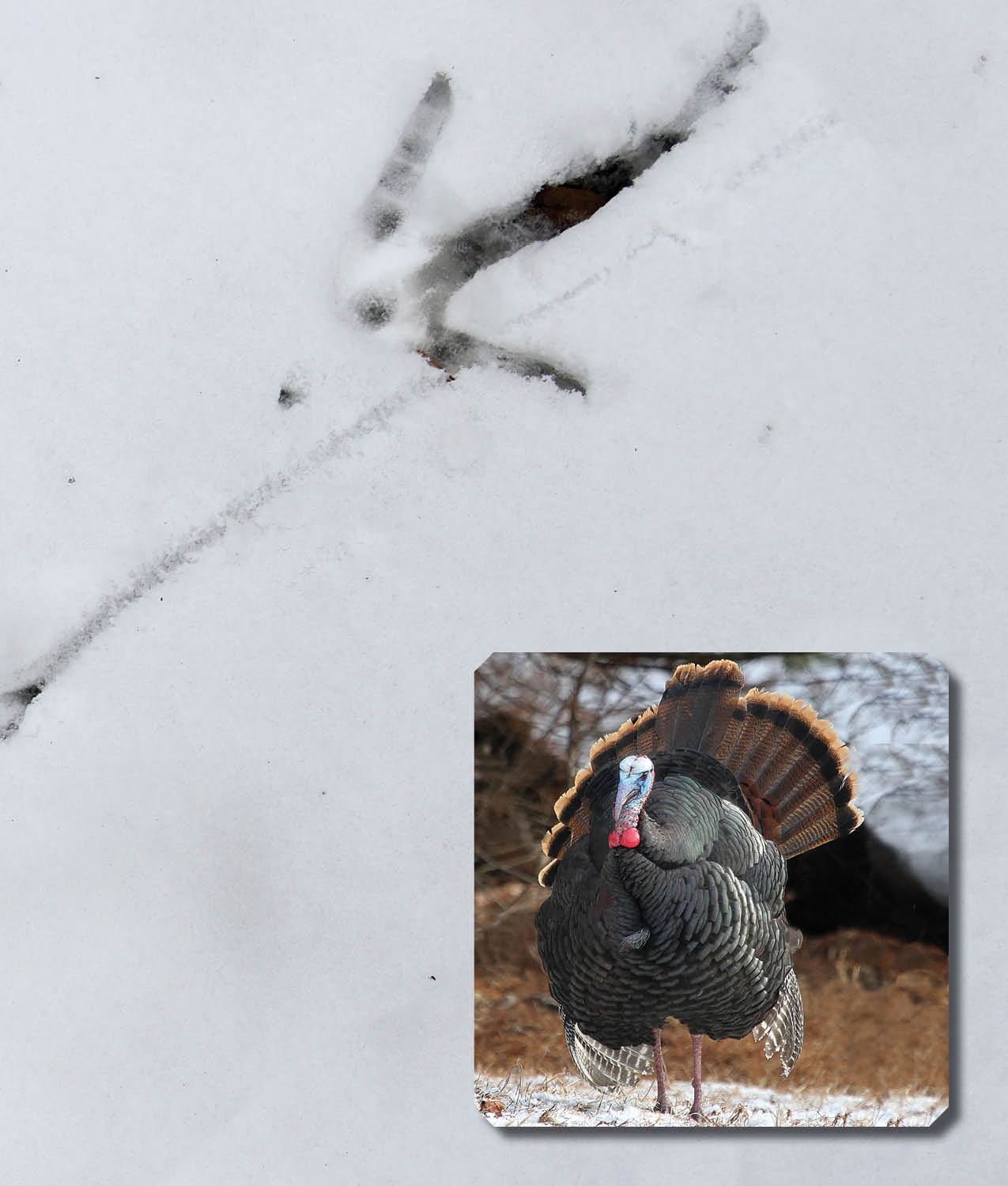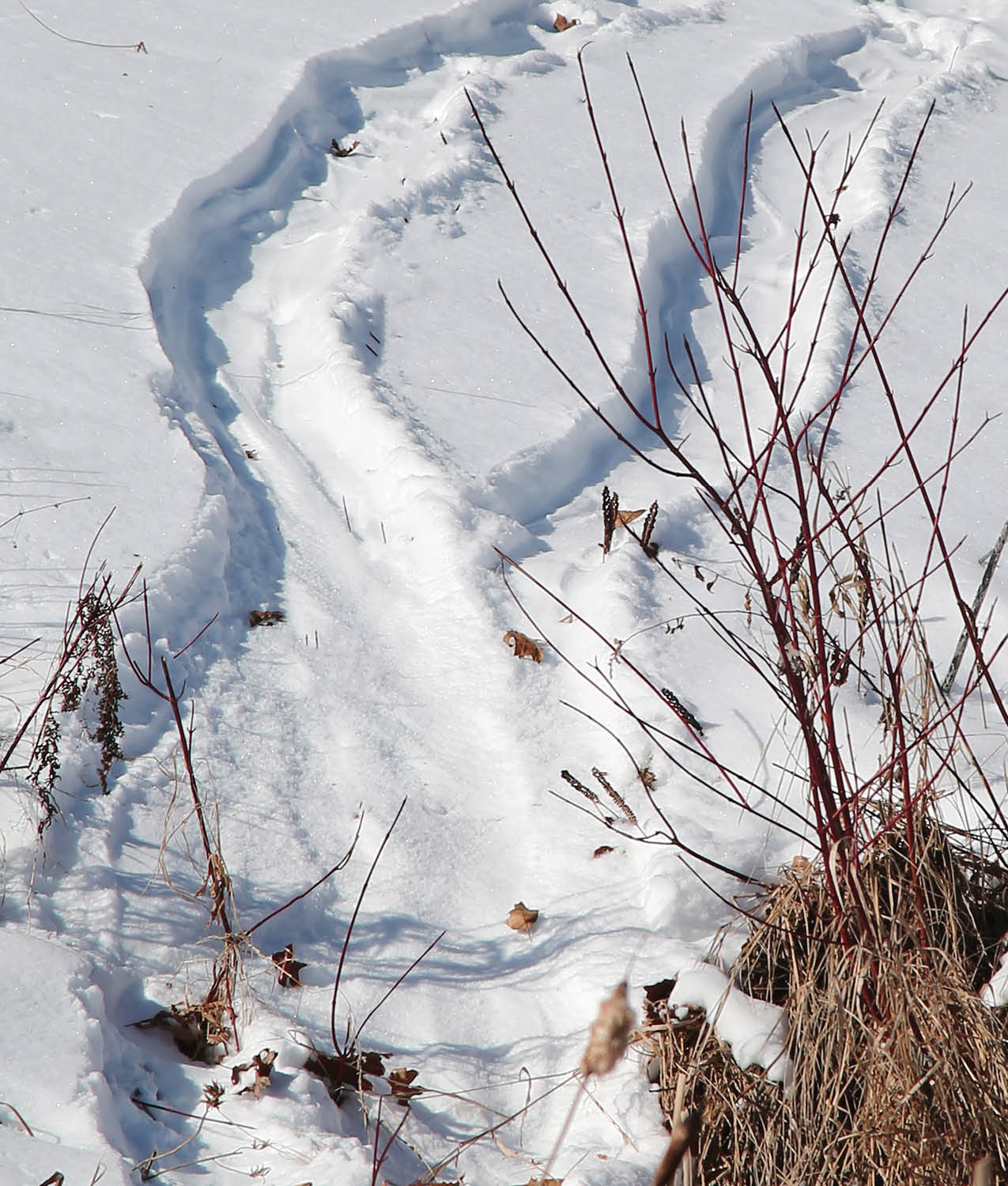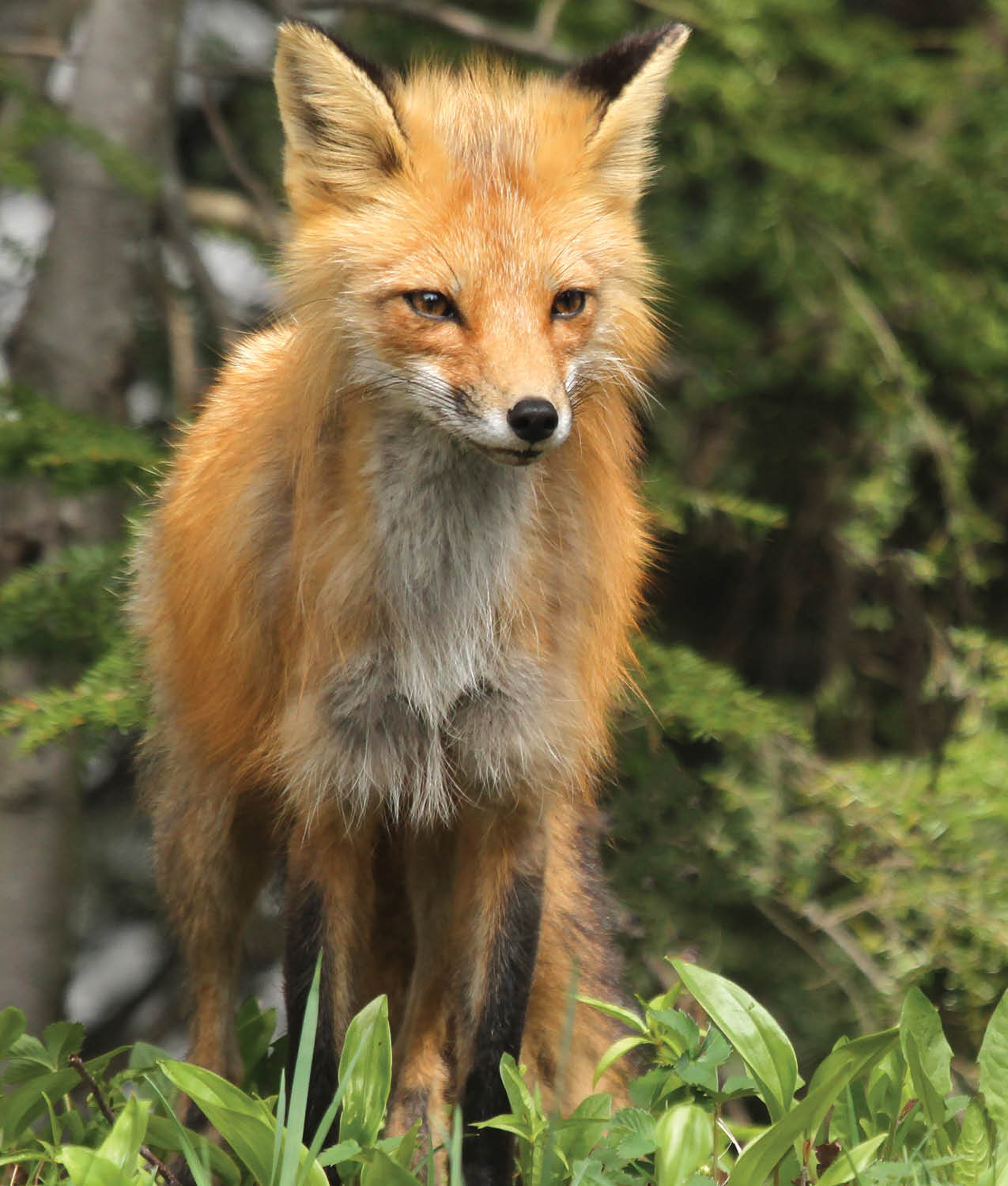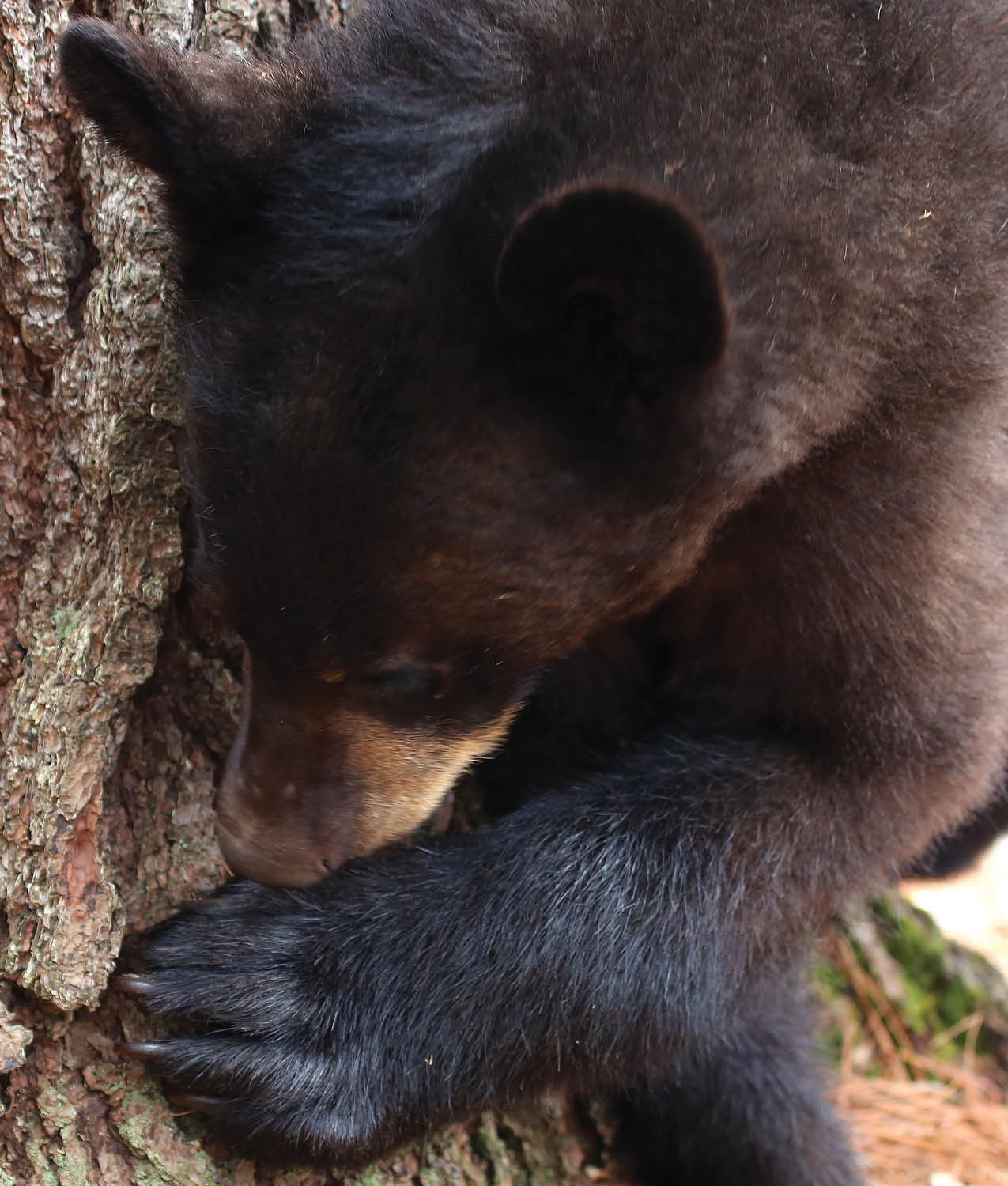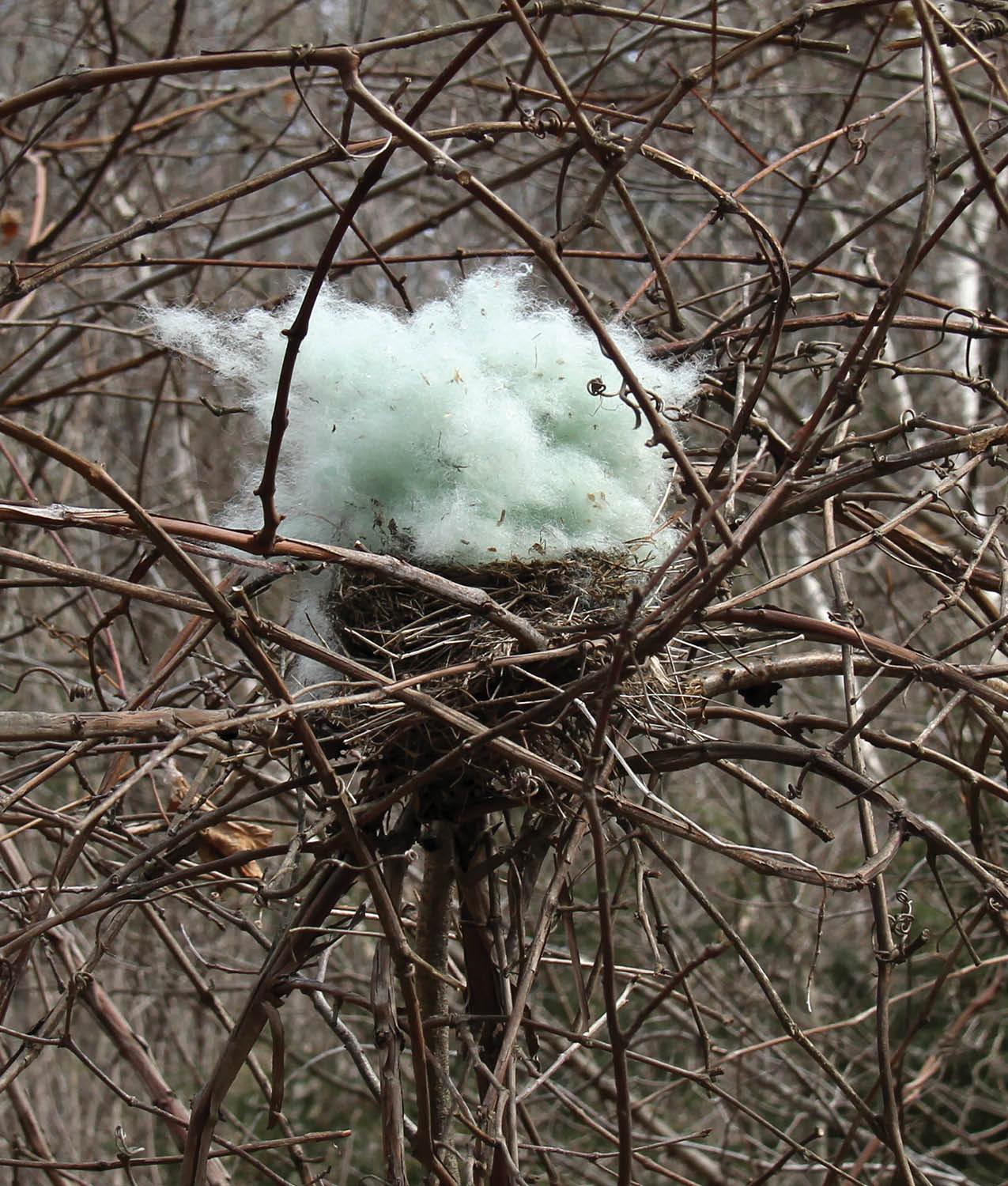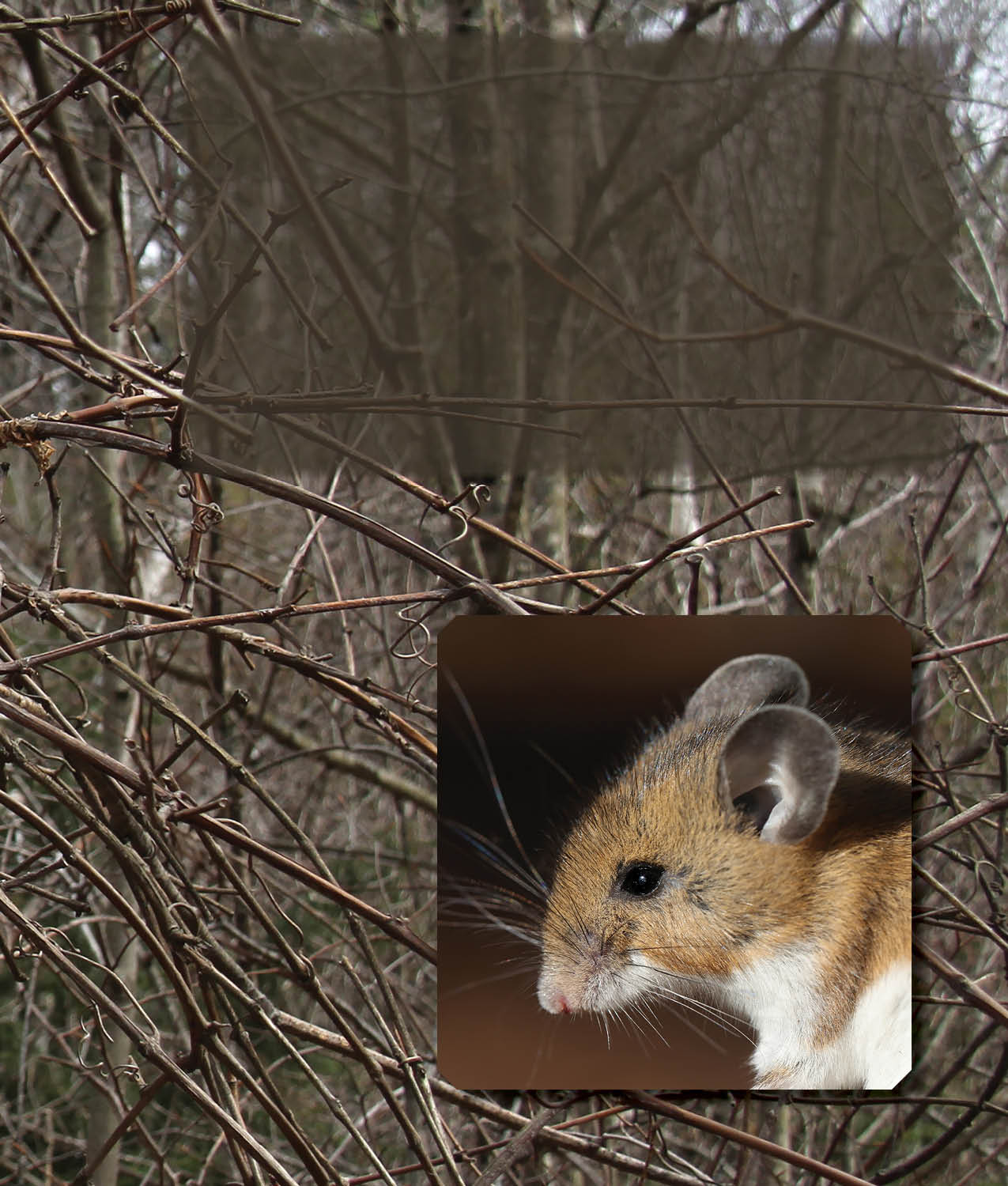Table of Contents
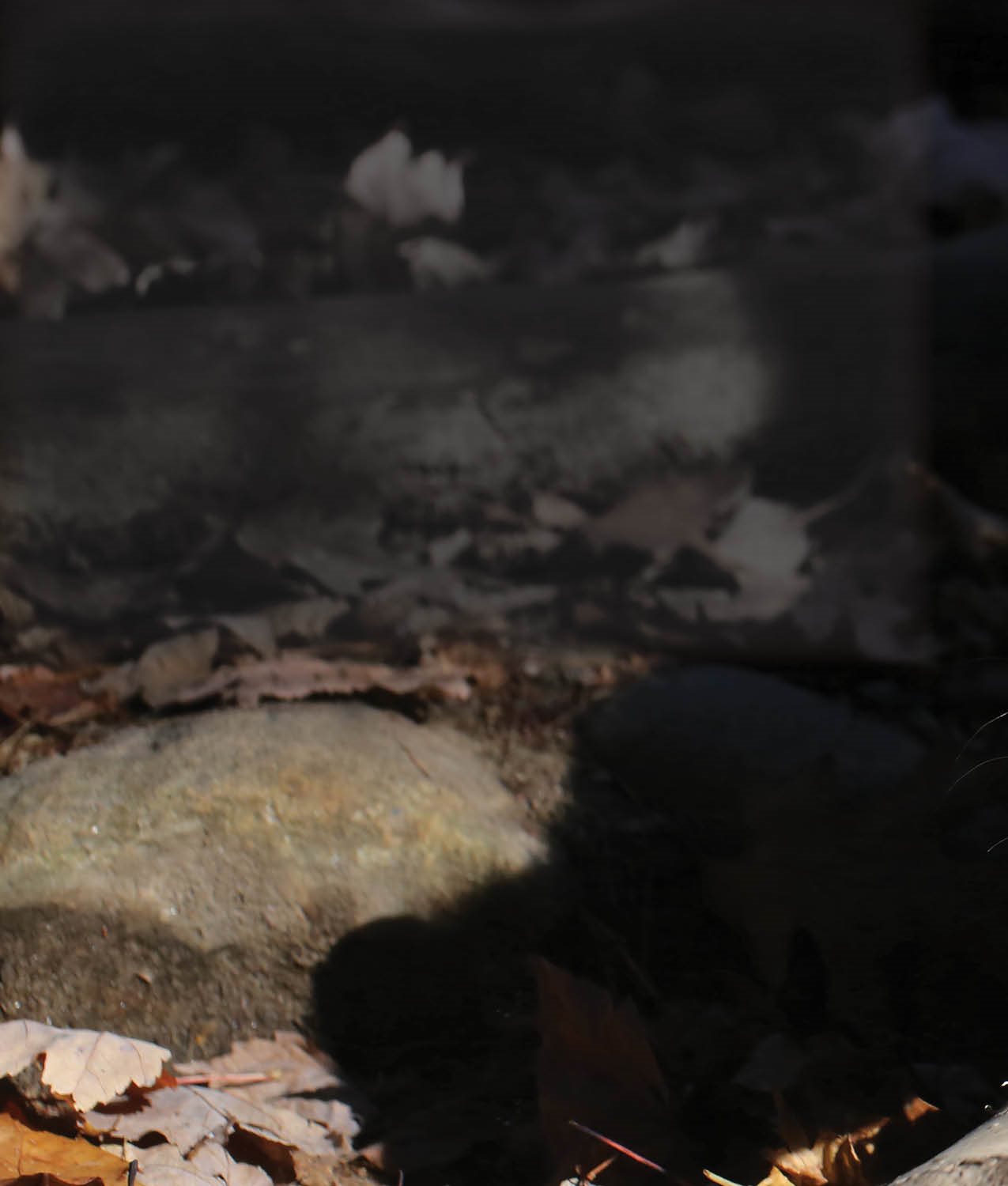
Have you ever seen a skunk? A raccoon? Or an opossum? Many people haven't because these animals are active at night (nocturnal) when we are sleeping. Then they are asleep during the day when we are awake. Wherever nocturnal animals go, they leave all kinds of traces. It's fun to go outside during the day and look for their signs. The tracks and other traces of animals may tell you who has been there, where they went, and what they did during the night.

When an animal walks in dirt, sand, mud, or snow, they leave tracks (or imprints of their feet) where they have stepped. Notice where you find tracks. Do they go along a stone wall? Are they near a stream? Do they cross a field? If they go from tree to tree, a squirrel may have made them.

When you look at an animal's track, you will often see toe prints. Different animals have different numbers of toes. Raccoons have five toes. Bobcats have four toes, and deer have two toes. When you find an animal's track, count the number of toes and that may help you know who made it. The toes point in the direction the animal is travelling. Which way is this raccoon going?

Most birds have four toes: three in front and one in the back. Many birds fly more than they walk, but wild turkeys walk more than they fly. Look for their tracks in the snow.
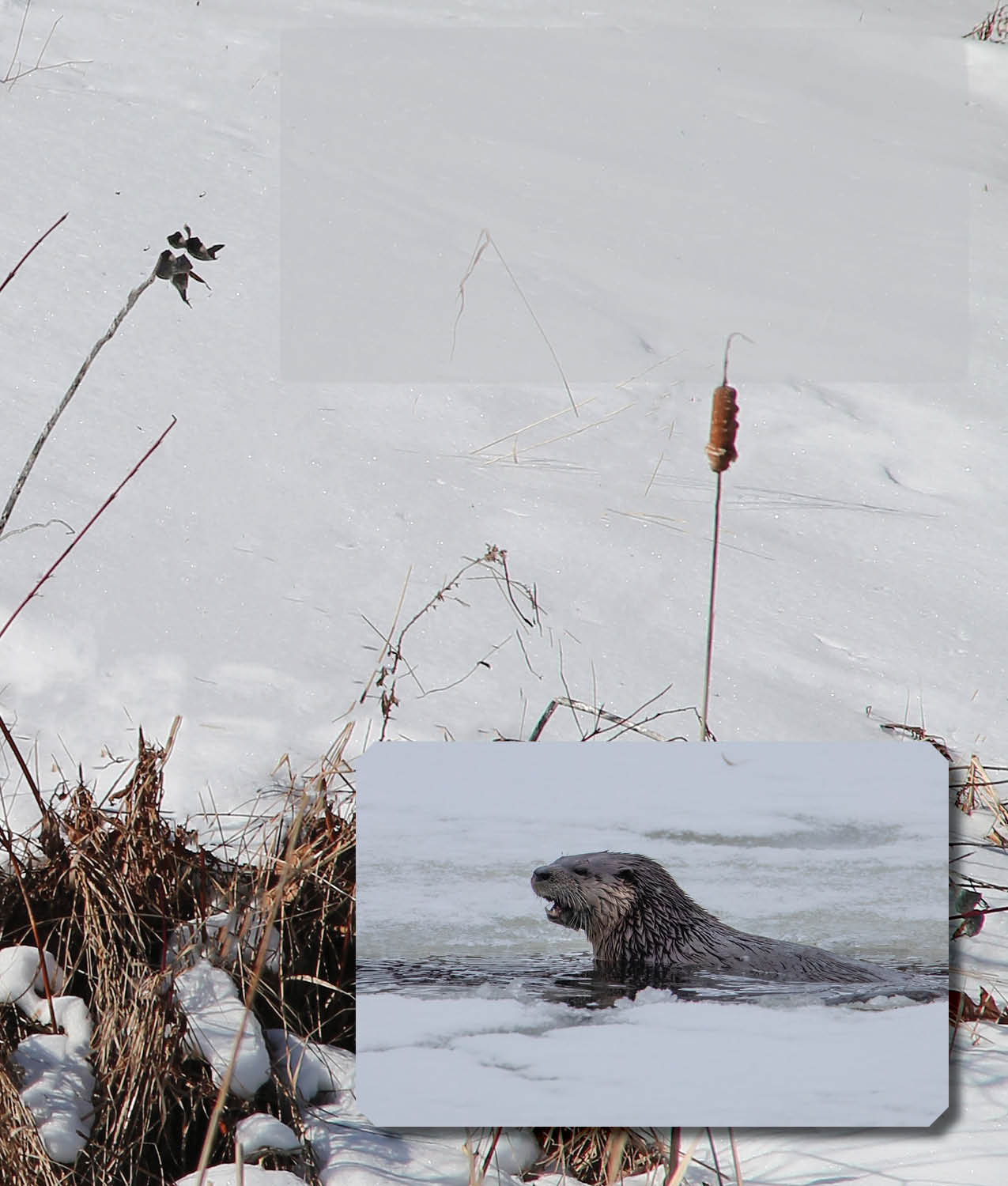
Do you like to go sledding? River otters do too! They lie down on their bellies, pick up their feet, and slide down hills and across fields, leaving grooves in the snow. How many otters do you think sledded down this hill?

Tracks aren't the only signs that animals leave. Sometimes when an animal is eating something, it leaves marks where it has been eating. Moose eat tree bark. They scrape upwards on the trunk of a tree with their front, bottom teeth in order to remove the bark. The grooves a moose's teeth make are often very high on a tree, as moose are very tall!
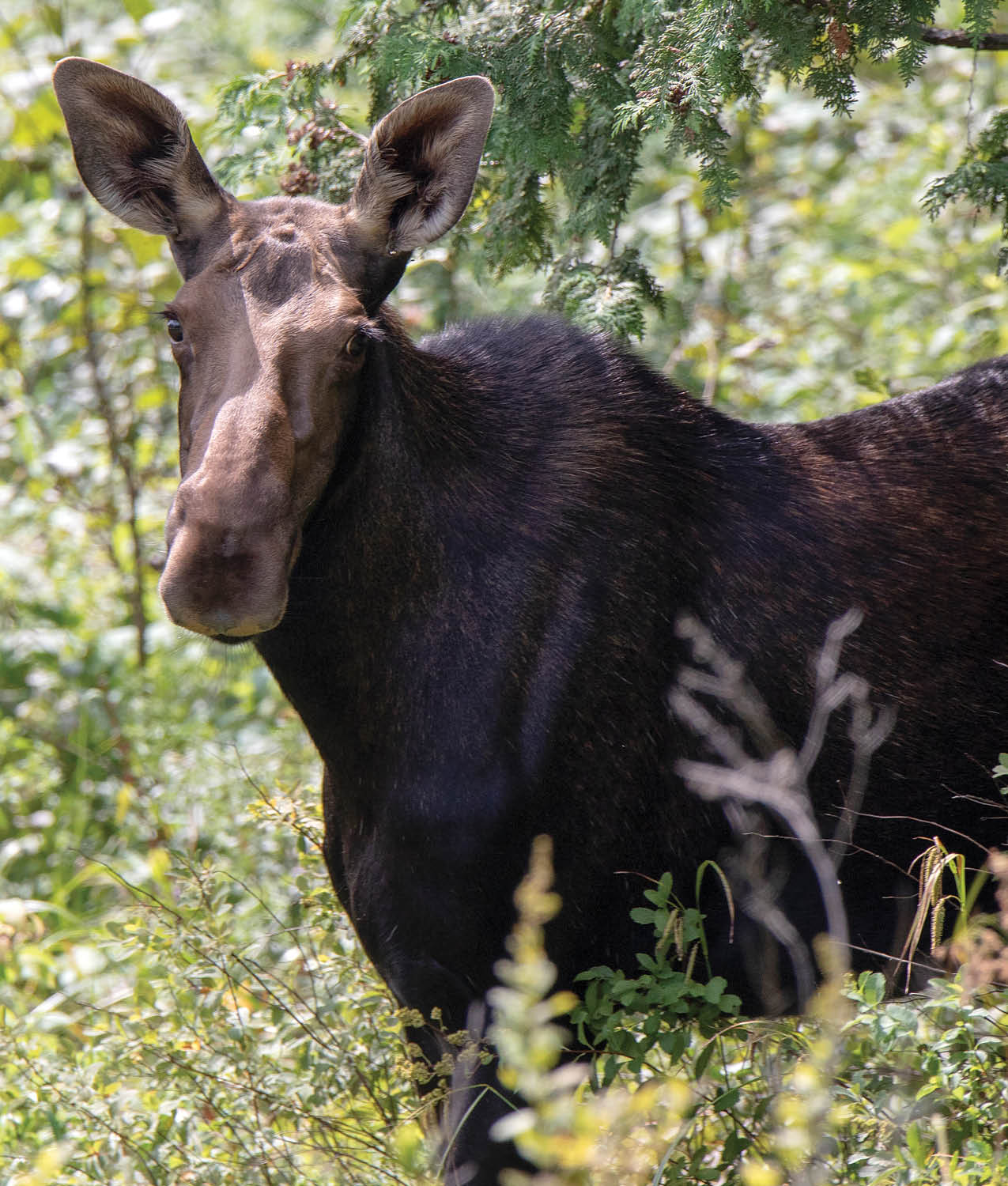
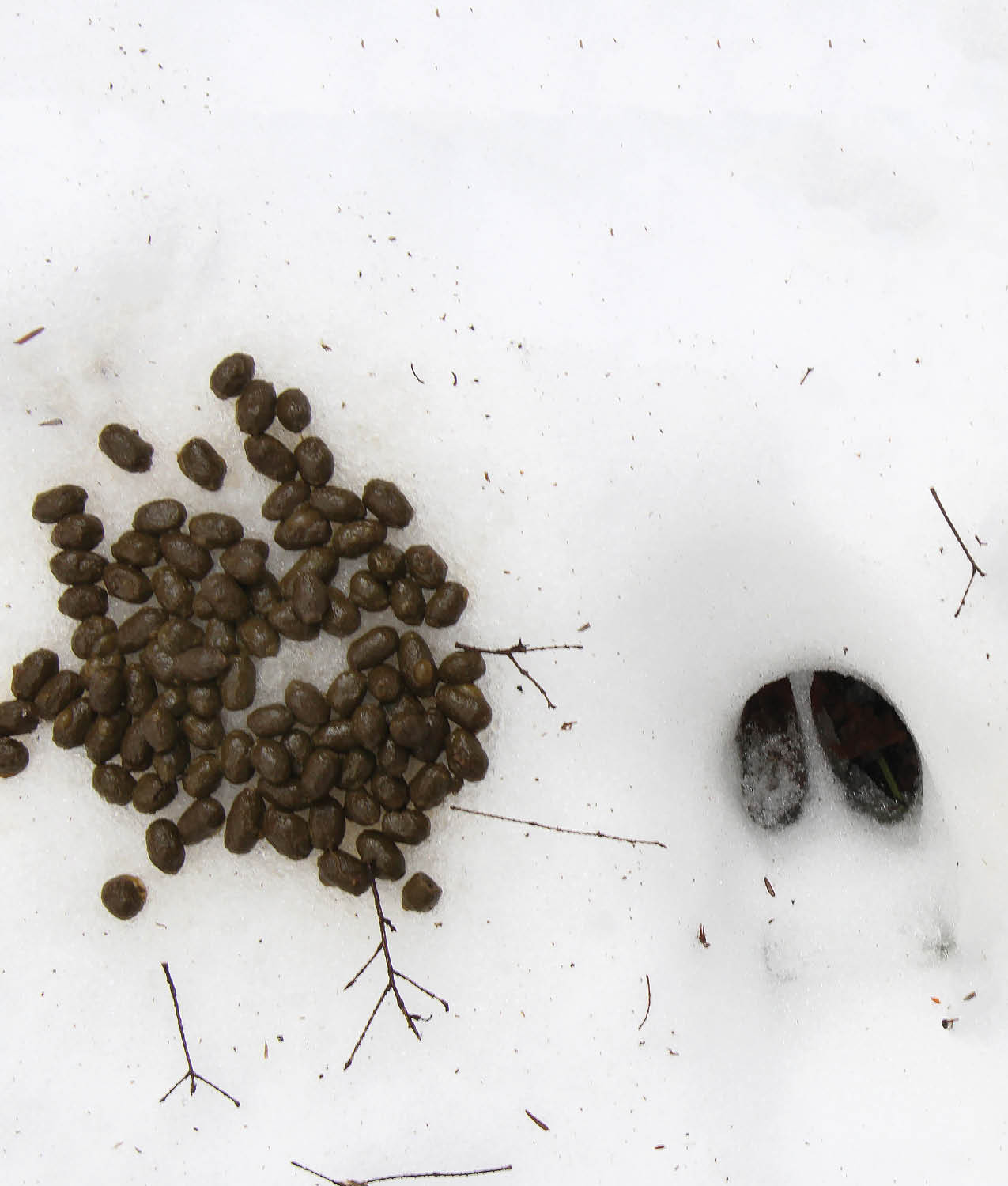
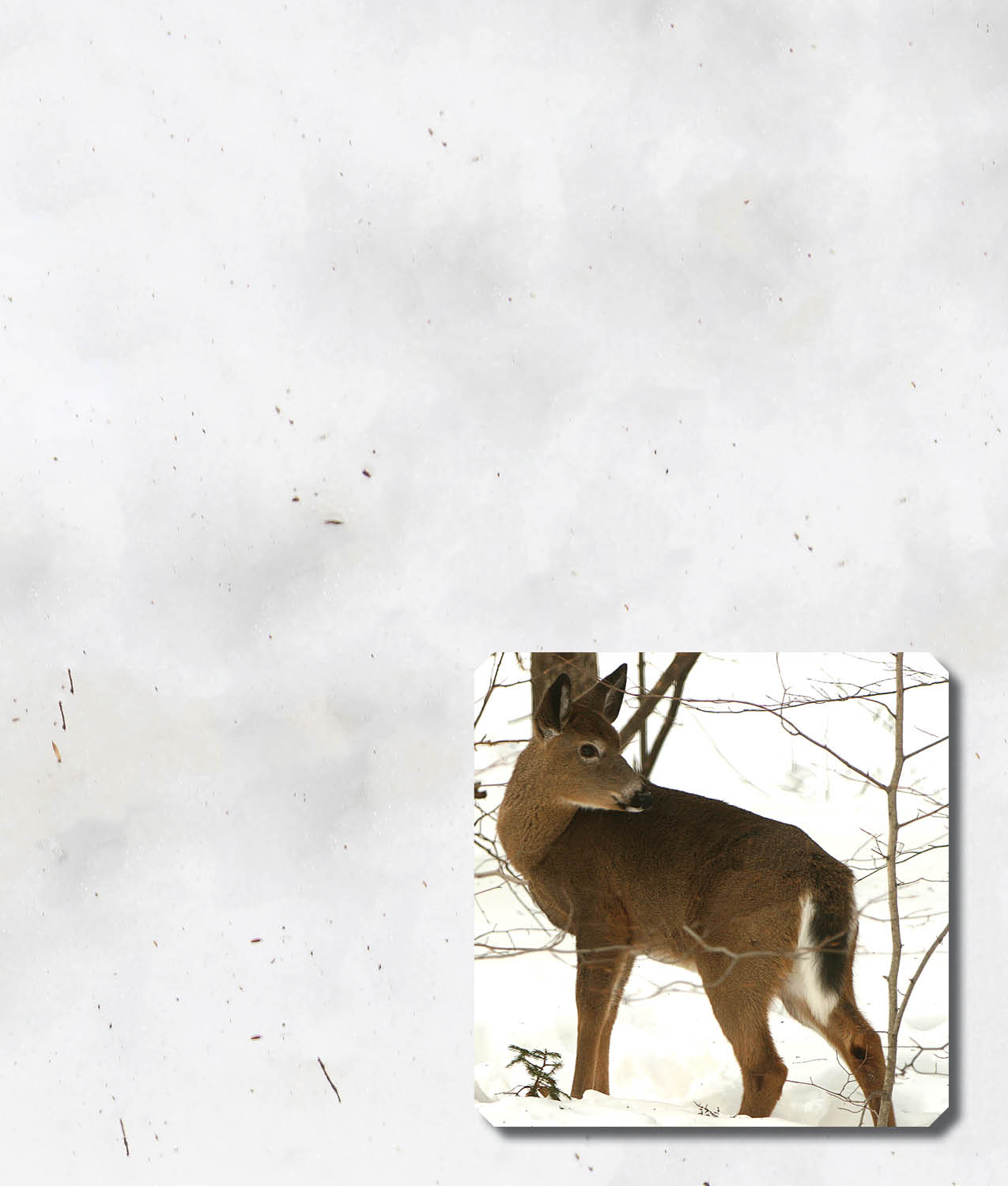
Just like people, all animals have to pee and poop. Just like tracks, the poop (scat) of one kind of animal can look quite different from the scat of another animal. Weasel, fox, and coyote scat is long and narrow, shaped like a finger. Deer, moose, mouse, and rabbit scat is in the form of pellets. The bigger the animal, the bigger the pellets!
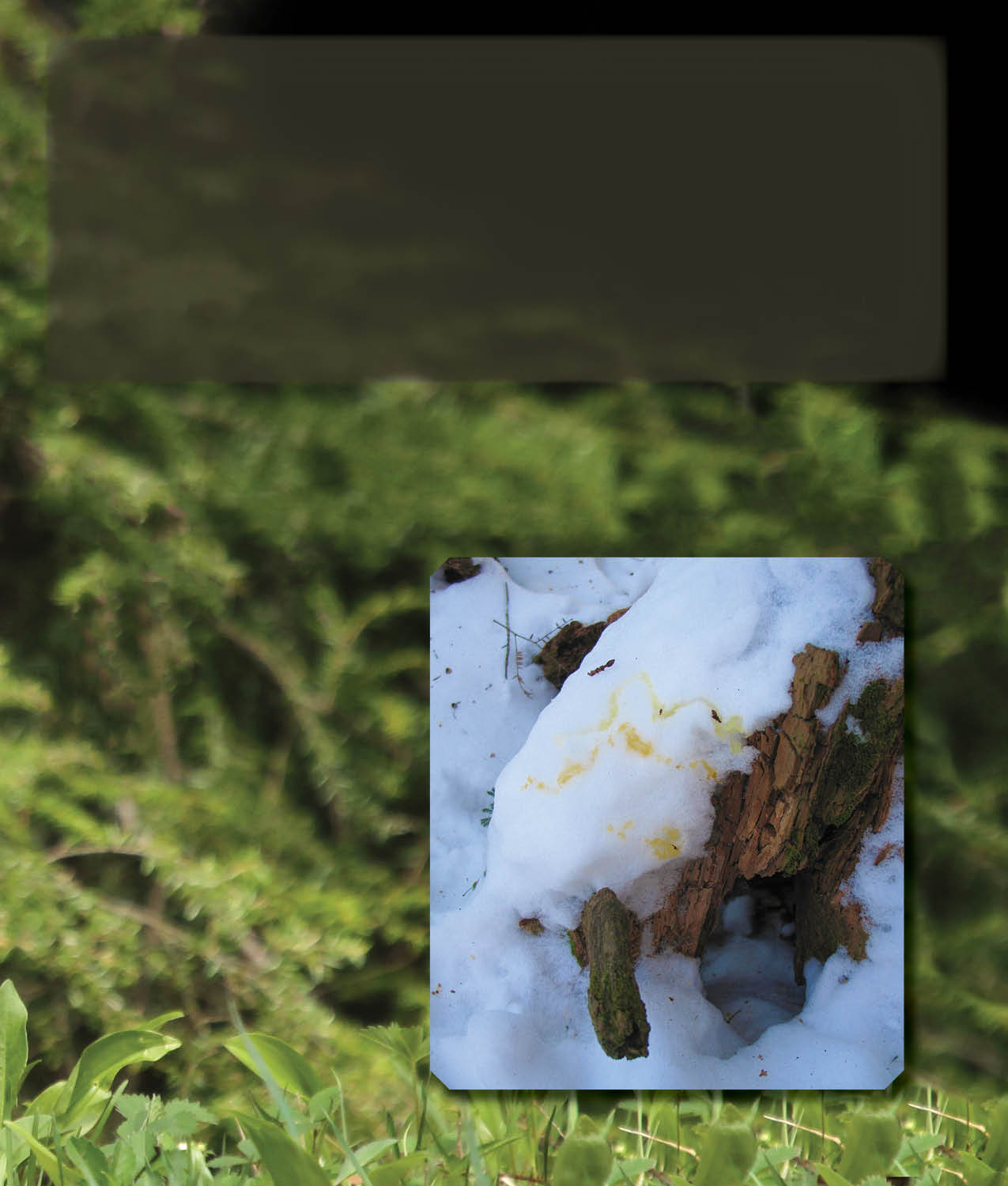
Many animals have their own area, or territory, where they find food to eat and where they raise a family. They often mark their territory by peeing and pooping on stumps and rocks. These are like signposts for other animals to smell and know who lives there.
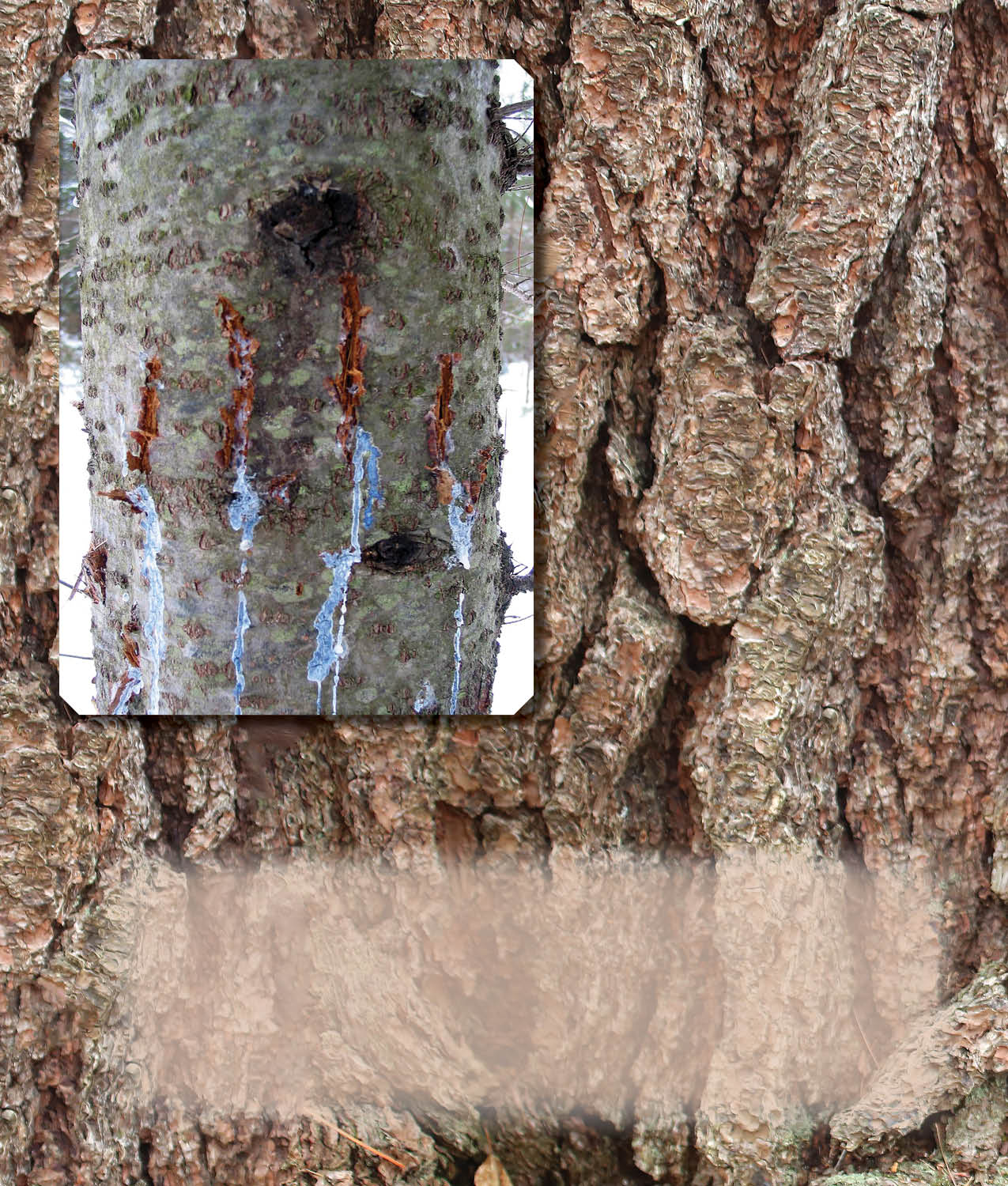
Black bears mark their territory by scratching, rubbing, climbing on, and biting trees! They are leaving their scent on these trees for other bears to smell!
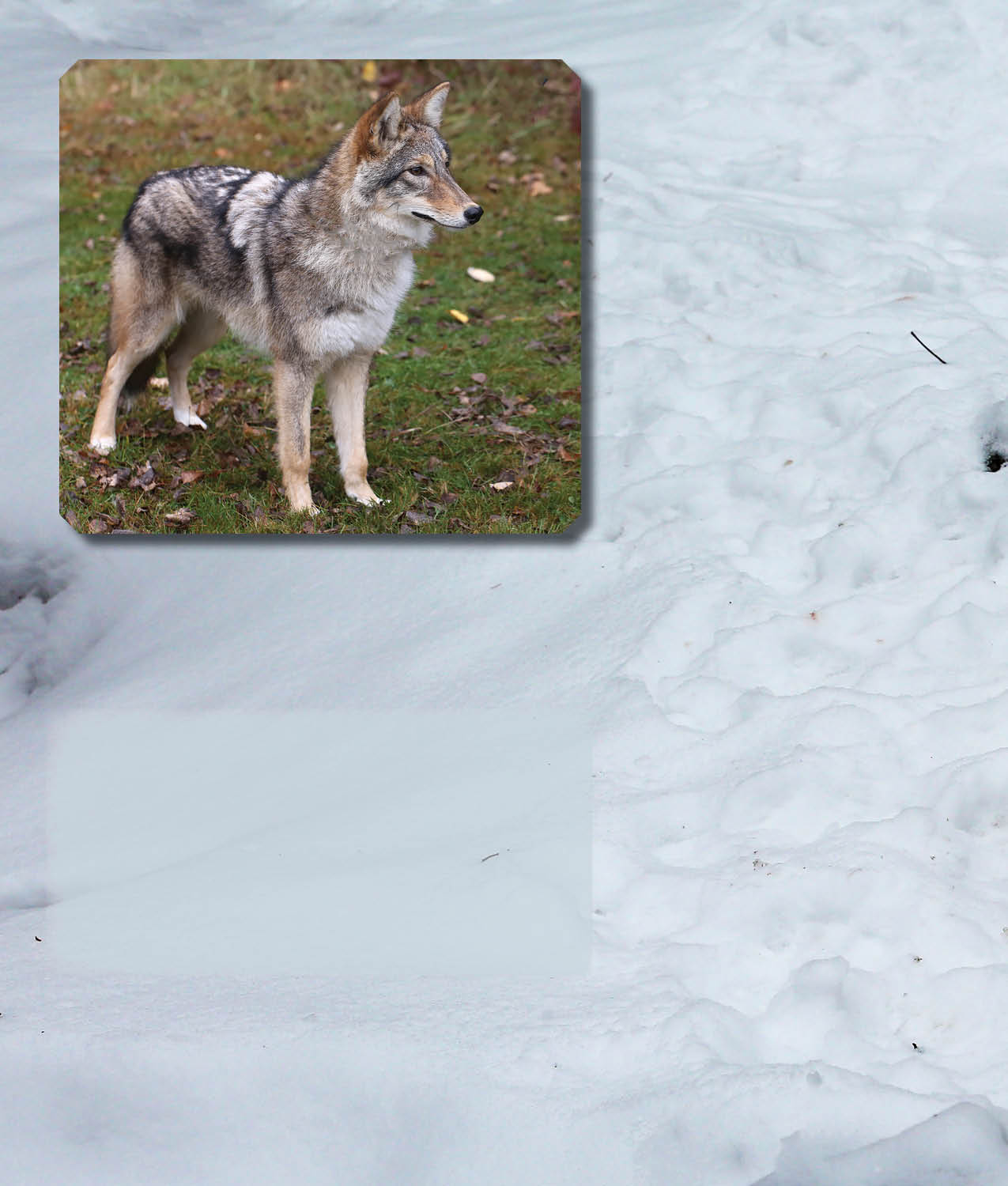
When an animal lies down to rest, it often mats down the grass or melts the snow it lies on. Can you find a coyote's bed in this picture?
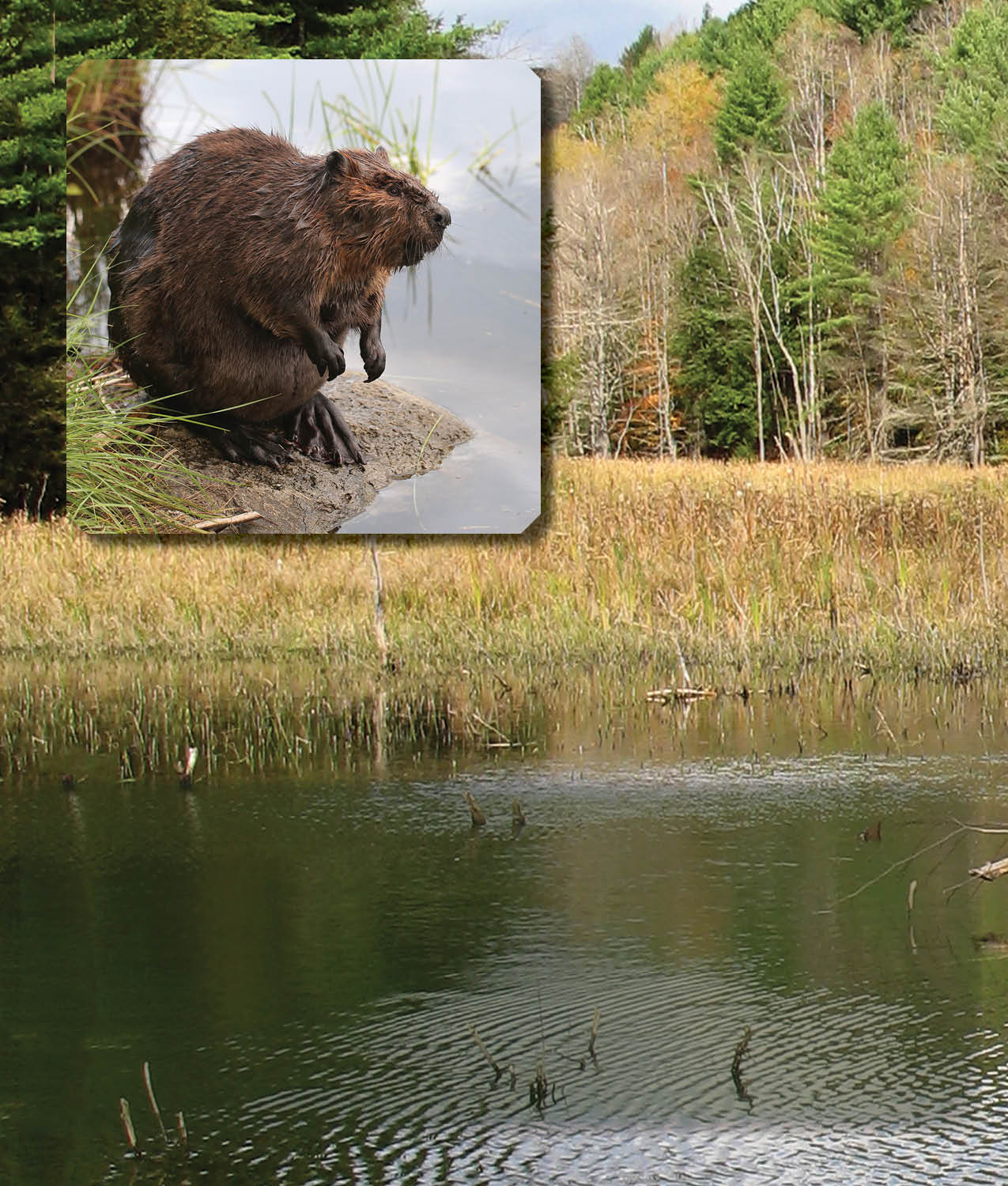
Many animals build homes to raise their young. Some dig burrows into the ground, some live in hollow trees, and some build their home with sticks, stones, mud, or plants. Some homes, like beaver lodges, are very easy to find. Others, like fox dens, are often hidden and harder to see.

